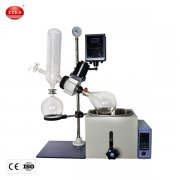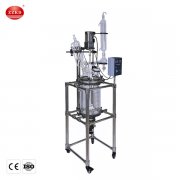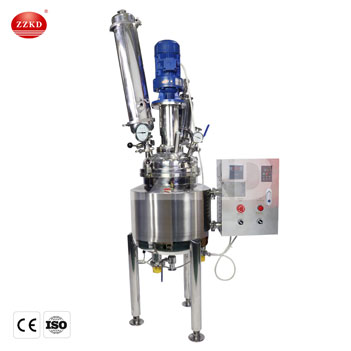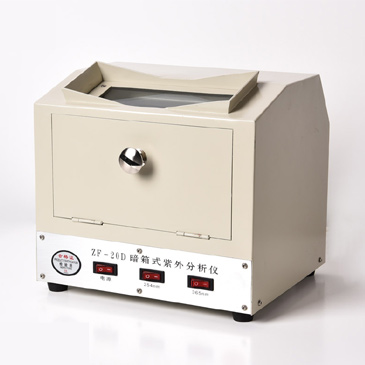In the dynamic realm of laboratory equipment, few inventions stand as resolute and revolutionary as the Rotovap. An epitome of innovation and efficiency, the Rotovap, short for Rotary Evaporator, has become an indispensable tool in countless laboratories worldwide. But what lies behind its prowess? How does it effortlessly remove solvents, simplifying complex processes and accelerating scientific breakthroughs?
At the heart of every Rotovap machine lies a symphony of precision-engineered components, each playing a vital role in its functionality. From the rotating flask to the condenser and vacuum pump, every part seamlessly integrates to facilitate the solvent removal process. Let’s delve deeper into the anatomy of this ingenious apparatus:
1. Rotating Flask: The cornerstone of the Rotovap, the rotating flask serves as the vessel for the liquid mixture undergoing evaporation. Its rotation, coupled with heat and vacuum, facilitates rapid solvent removal.
2. Condenser: Positioned above the rotating flask, the condenser plays a pivotal role in the condensation of evaporated solvents. By cooling the vapor, it enables the collection of purified liquid in a separate vessel.
3. Vacuum Pump: Integral to the operation of the Rotovap, the vacuum pump creates a low-pressure environment within the apparatus, accelerating the evaporation process. This crucial component ensures efficient solvent removal while minimizing heat exposure.
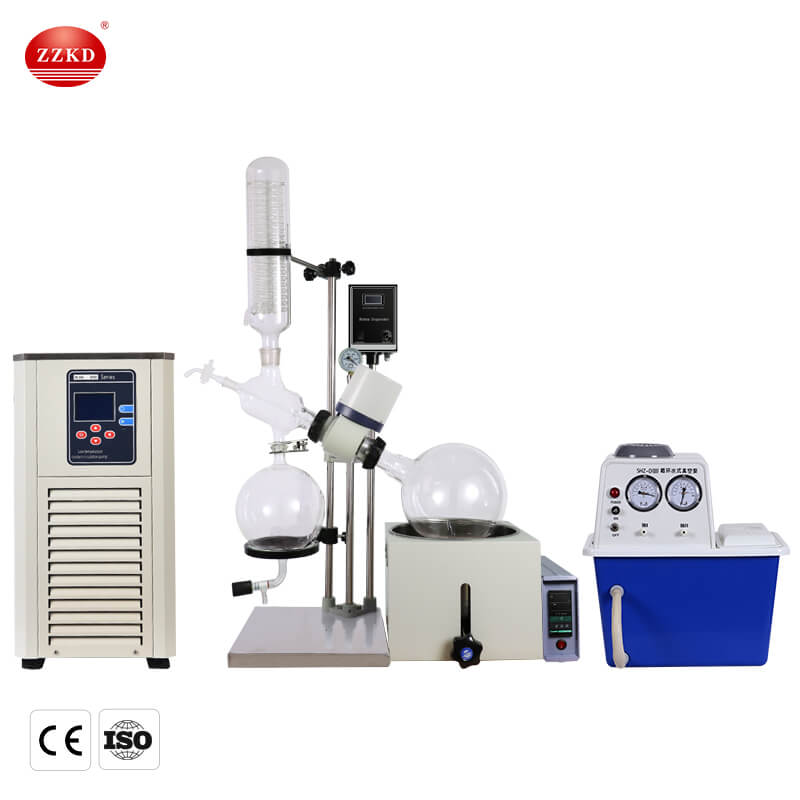
How Does a Rotovap Work to Remove Solvent?
Now, let’s demystify the intricate process by which a Rotovap removes solvent with unparalleled efficiency. At its core, the operation of this apparatus revolves around the principles of evaporation, distillation, and vacuum technology. Here’s a step-by-step breakdown of the process:
Step 1: Loading the Sample
The process begins by loading the liquid sample containing the solvent into the rotating flask of the Rotovap. Careful attention is paid to the volume and composition of the sample, ensuring optimal results.
Step 2: Applying Heat
Once the sample is loaded, gentle heat is applied to the rotating flask, initiating the evaporation of the solvent. The temperature settings are meticulously adjusted to suit the specific requirements of the sample, maximizing efficiency while minimizing degradation.
Step 3: Creating a Vacuum
Simultaneously, the vacuum pump kicks into action, creating a vacuum within the apparatus. This reduction in pressure lowers the boiling point of the solvent, facilitating its evaporation at lower temperatures.
Step 4: Condensation
As the solvent evaporates from the sample, it rises and encounters the cooled surface of the condenser. Here, the vapor undergoes condensation, transforming back into liquid form and dripping into a separate collection vessel.
Step 5: Continuous Rotation
Throughout the process, the rotating flask continues to spin, ensuring thorough mixing of the sample and even distribution of heat. This continuous agitation enhances the efficiency of solvent removal, speeding up the overall process.
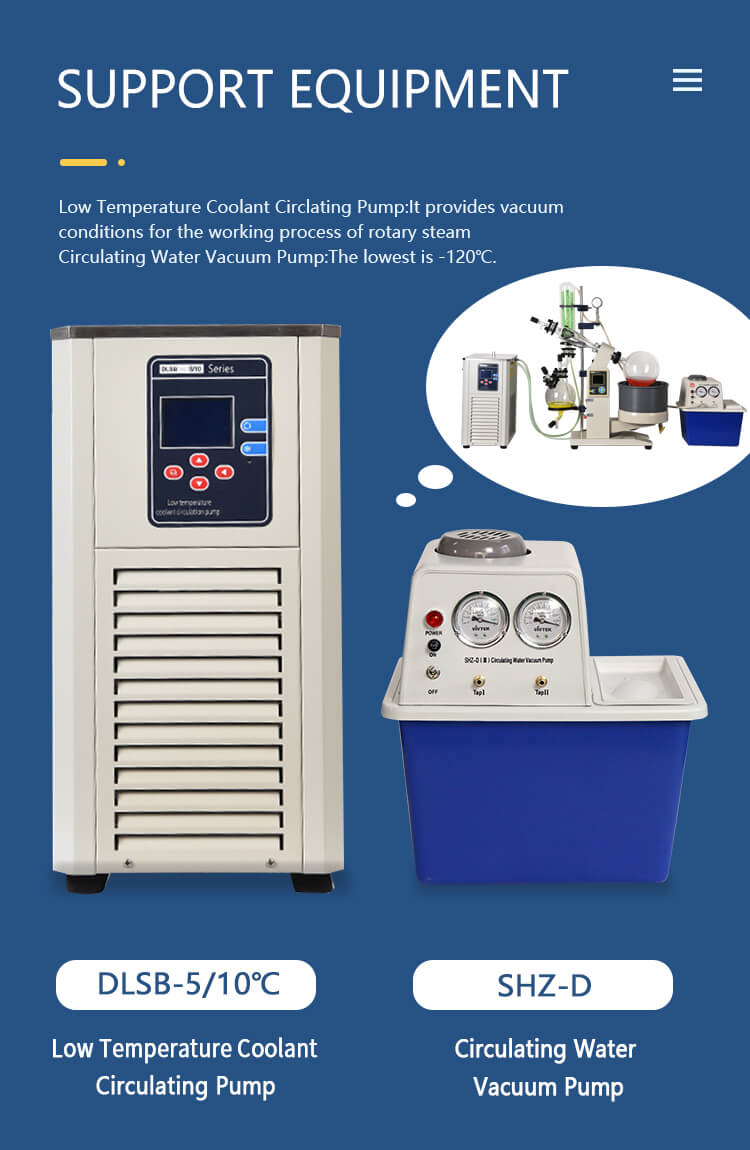
Applications and Advantages of Rotovap Technology
The versatility of Rotovap extends far beyond solvent removal, encompassing a wide range of applications across various industries. From pharmaceutical research to chemical synthesis and beyond, the capabilities of this apparatus are truly boundless. Let’s explore some key applications and advantages:
1. Solvent Recovery: Rotovap enable efficient solvent recovery, minimizing waste and reducing environmental impact.
2. Concentration: By concentrating dilute solutions, Rotovap technology facilitates the isolation of desired compounds with high purity and yield.
3. Sample Preparation: In analytical laboratories, Rotovap are utilized for sample preparation prior to analysis, streamlining workflows and enhancing productivity.
4. Chemical Synthesis: The precise control afforded by Rotovap makes them indispensable tools in chemical synthesis, enabling researchers to achieve desired reaction outcomes with ease.

Rotovap stands as a testament to human ingenuity and innovation. Its ability to seamlessly remove solvents with unparalleled efficiency has revolutionized laboratory practices across the globe. As we continue to push the boundaries of scientific exploration, the role of Rotovap technology in shaping the future of research cannot be overstated. With each solvent evaporated, we inch closer to new discoveries, breakthroughs, and advancements that redefine the limits of possibility.
In the ever-evolving landscape of laboratory equipment, the Rotovap remains a steadfast beacon of progress, guiding researchers towards new horizons of knowledge and discovery. How does a Rotovap work to remove solvent, you ask? The answer lies not only in its intricate mechanisms but also in its profound impact on the world of science. As we gaze upon this marvel of modern engineering, we are reminded that the pursuit of knowledge knows no bounds, and with tools like the Rotovap at our disposal, the possibilities are truly endless.

 Products
Products





